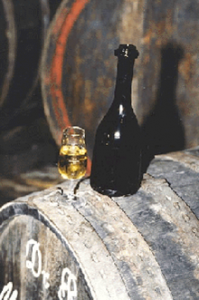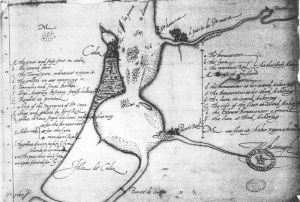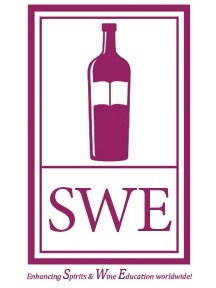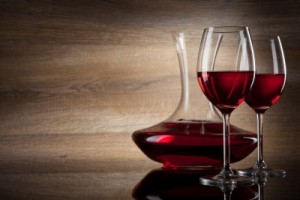 It’s one of the best stories in the history of wine: How Sir Francis Drake “singed the beard of the King of Spain” in a 1587 raid on the Port of Cadiz and made off with 2,900 barrels of wine. It also might just be the reason behind the somewhat cliché, but at the same time, undeniable love the British have for Sherry.
It’s one of the best stories in the history of wine: How Sir Francis Drake “singed the beard of the King of Spain” in a 1587 raid on the Port of Cadiz and made off with 2,900 barrels of wine. It also might just be the reason behind the somewhat cliché, but at the same time, undeniable love the British have for Sherry.
The tale goes back to the 1400’s, as Europe began exploration of the new world. The great capitals of Europe were sending explorers such as Ferdinand Magellan and Christopher Columbus to find passage ways for trade and to discover what lie beyond the wide oceans. Christopher Columbus, despite being of Italian birth, made his most famous deal with King Ferdinand and Queen Isabella of Spain and set sail from the Spanish ports of Palos de la Frontera, Cadiz, and Sanlucar – all regions well known for wine.
These explorations were spectacularly successful for Spain as explorers began to return in ships filled with gold, silver, and other wealth from the new world. At the same time that Spain was profiting from the plunder of Mexico and Peru, young Queen Elizabeth of England was benefitting from the wealth brought in by her expanding colonies in North America.
However, it soon became clear that British colonies in North America could not begin to produce anywhere near the immediate wealth arriving by the galleon load from Spain’s incredibly lush New World  territories. Knowing that an island kingdom must be strong to survive, Elizabeth turned a blind eye as Sir Francis Drake and other English sea captains began raiding Spain’s slow-moving, heavily laden ships, seizing the riches for their own.
territories. Knowing that an island kingdom must be strong to survive, Elizabeth turned a blind eye as Sir Francis Drake and other English sea captains began raiding Spain’s slow-moving, heavily laden ships, seizing the riches for their own.
It did not take long for the Philip II, the King of Spain, to have had enough of England’s daring Queen and her “sea wolves” and he soon hatched a plan.
In 1580, King Philip ordered that a great Armada, or Navy, be built. His plan was to invade England, remove Elizabeth from the throne, and crown himself king of England in Westminster Cathedral. However, Elizabeth heard of the plan and made a bold preemptive strike, led by the highly skilled ship’s captain, Sir Francis Drake.
Drake was sent out from Plymouth on April 12, 1587. He arrived just outside of Cadiz on April 29th. Late in the afternoon of that day he sailed boldly into the harbor, completely surprising the defenders and throwing the Spanish land and naval forces into a panic.
All the remainder of the day and into the next, Drake plundered and burned. Thirty-seven Spanish vessels were destroyed with only minor losses on the English side. As part of the spoils of the raid, Drake and his crew famously stole 2,900 barrels of Sherry and delivered it up to the British Court. This devastating battle became known as “the singeing of the beard of the King of Spain.”
As you might guess, it became all the rage in England to drink the captured Sherry. Spanish Sherry was suddenly the most popular drink in England. Legend even tells us that the English loved to call it “sack” because, well, Drake had sacked the Spanish supply port. In the ultimate show of British praise, Shakespeare praised Sherry, or “sack,” when he had Sir John Falstaff proudly declare in Henry IV, Part 2, “If I had a thousand sons, the first humane principle I would teach them should be, to forswear thin potations and to addict themselves to sack”.
Note: There are other explanations for the term “sack” as well. For instance, some say the term comes from the Spanish verb “sacar,” meaning “to draw out.”


